The Reserve Bank (RBA) released the full explanation of its emergency monetary policy meeting on Tuesday, outlining why it cut the cash rate for a second time in a month for the first time ever, to a new record low 0.25%.
The Minutes of the Monetary Policy Meeting (RBA Minutes) noted the cash rate had been cut by 125 basis points in the last year and had been successful in boosting the cash flow of businesses and households.
Given the economic climate amid the COVID-19 pandemic, the central bank said the cash rate would not be increased until progress towards full employment was made and inflation sat between 2-3%.
The Board also agreed that the cuts had negative consequences on those without a home loan and savers trying to earn interest, and as such, it would not decrease the rate any further.
"Members also agreed that the cash rate was now at its effective lower bound," it said.
"Members had no appetite for negative interest rates in Australia."
The table below displays a snapshot of some of the highest introductory savings account interest rates on the market.
Bank Savings Account Base Interest Rate Max Interest Rate Total Interest Earned Introductory Term Minimum Amount Maximum Amount Linked Account Required Minimum Monthly Deposit Minimum Opening Deposit Account Keeping Fee ATM Access Joint Application Tags Row Tags Features Link Compare Promoted Product Disclosure
Rate varies on savings amount.
Promoted
Disclosure
Rate varies on savings amount.
Promoted
Disclosure
then 4.00% p.a.
Promoted
Disclosure
then 4.45% p.a.
Disclosure
Rate varies on savings amount.
Rate varies on savings amount.
Rate varies on savings amount.
Rate varies on savings amount.
Rate varies on savings amount.
Rate varies on savings amount.
Rate varies on savings amount.
The RBA said given the unprecedented nature of the coronavirus outbreak, it could not accurately forecast how the economy would suffer in Q2 and Q3 of 2020.
"While it was not possible to provide an updated set of forecasts for the economy given the fluidity of the situation, it was likely that Australia would experience a very material contraction in economic activity, which would spread across the March and June quarters and potentially longer," it said.
"The size of the fall in economic activity would depend on the extent of the social distancing requirements, and potential lockdowns, put in place to contain the virus."
Since the Board met, the Government has enacted strict social distancing rules, restricting public gatherings of people to no more than two.
The RBA said job losses were expected to be significant in the coming months, but some sectors would see some positive job growth.
"There were likely to be significant job losses over the months ahead, although the extent of this would depend on the capacity of businesses to retain employees during this period.
"At the same time, some industries were employing more workers, particularly those involved in the retail supply chain and delivering goods."
The central bank said although the economy would recover, the timing of this was uncertain.
| Bank | Term Deposit | Interest Rate | Interest Frequency | Term | Automatic Rollover | Maturity Alert | Early Withdrawal Available | Minimum Deposit | Maximum Deposit | Notice Period to Withdraw | Account Keeping Fee | Online Application | Joint Application | Tags | Row Tags | Features | Link | Compare | Promoted Product | Disclosure |
|---|---|---|---|---|---|---|---|---|---|---|---|---|---|---|---|---|---|---|---|---|
4.45% p.a. | At Maturity | 3 months | $5,000 | $10,000,000 | – | – | ||||||||||||||
4.80% p.a. | At Maturity | 6 months | $1,000 | $1,000,000 | – | – |
| Promoted | Disclosure | |||||||||||
4.80% p.a. | At Maturity | 6 months | $1,000 | $1,000,000 | – | – | ||||||||||||||
4.60% p.a. | At Maturity | 6 months | $5,000 | $1,000,000 | – | – | ||||||||||||||
4.60% p.a. | At Maturity | 6 months | $5,000 | $19,999 | – | – | ||||||||||||||
4.50% p.a. | At Maturity | 11 months | $5,000 | $10,000,000 | – | – |
| Promoted | Disclosure |
The motivations for quantitative easing
Quantitative easing, also known as QE, is the process by which the RBA uses its cash reserves (aka printing money) to buy government bonds.
The central bank implemented QE for the first time in Australia's history in March, and the reason for doing so gives an insight as to how long the cash rate may stay unchanged for.
The RBA said it was purchasing three-year Australian Government bonds of around 0.25%.
"The specific proposal was to target the rate at the three-year mark, given its importance as a benchmark rate in financial markets and its role in funding across much of the Australian economy," the Board said.
"Such a target would also be consistent with the expectation that the cash rate would remain at a very low level for several years."
In a statement following the announcement of QE, RBA chair Philip Lowe said the bank was not technically implementing QE, but something slightly different, which the minutes also cited.
"Members noted that, although the program of bond purchases would entail an increase in the size of the Bank's balance sheet, the focus of the program would be on bond yields rather than the quantity and timing of bond purchases.
"The objective of this component of the proposed policy measures would be to add to the downward pressure on funding costs for financial institutions, households and businesses."
Looking for a place to store cash? Below are a handful of six month term deposits with some of the highest interest rates on the market.

Ready, Set, Buy!
Learn everything you need to know about buying property – from choosing the right property and home loan, to the purchasing process, tips to save money and more!
With bonus Q&A sheet and Crossword!




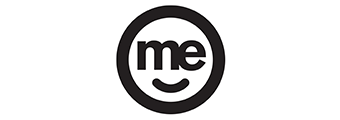
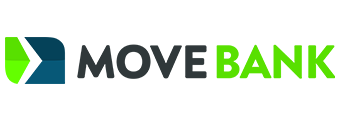
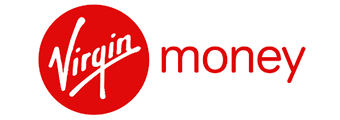

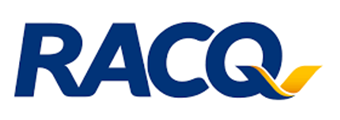




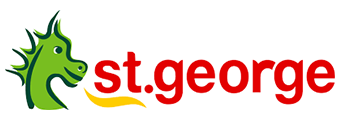

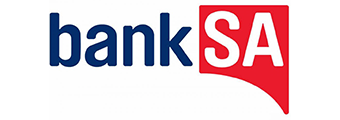

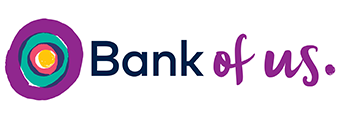
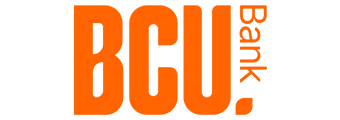
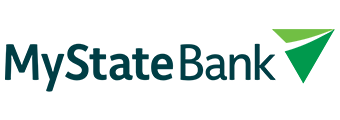
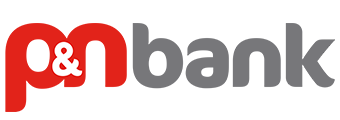
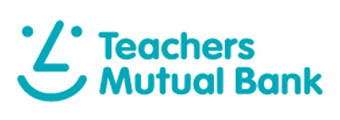
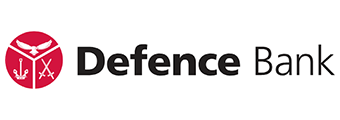
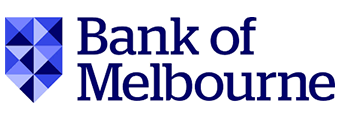

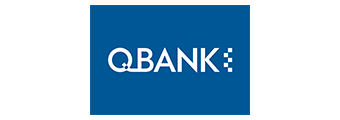

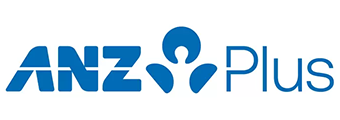


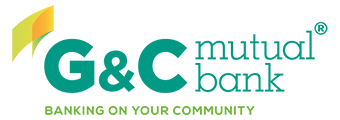

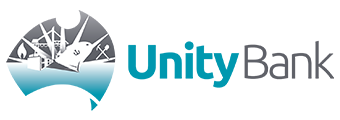
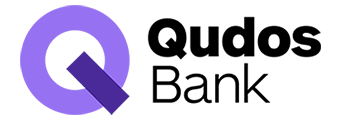



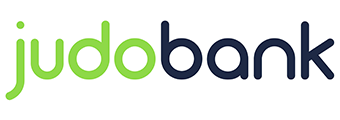


 Denise Raward
Denise Raward


 Alex Brewster
Alex Brewster
 Rachel Horan
Rachel Horan

